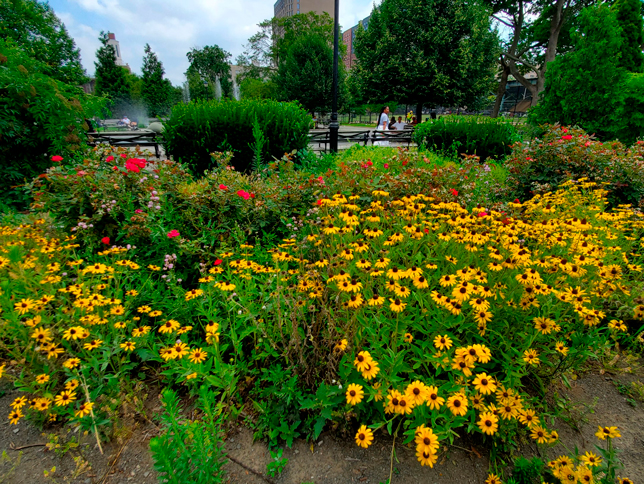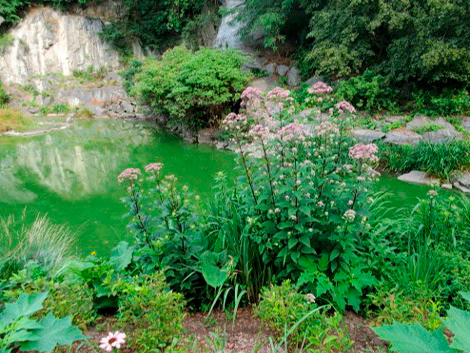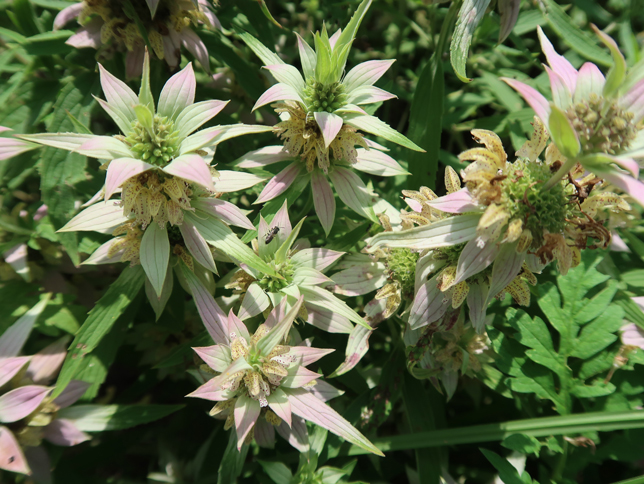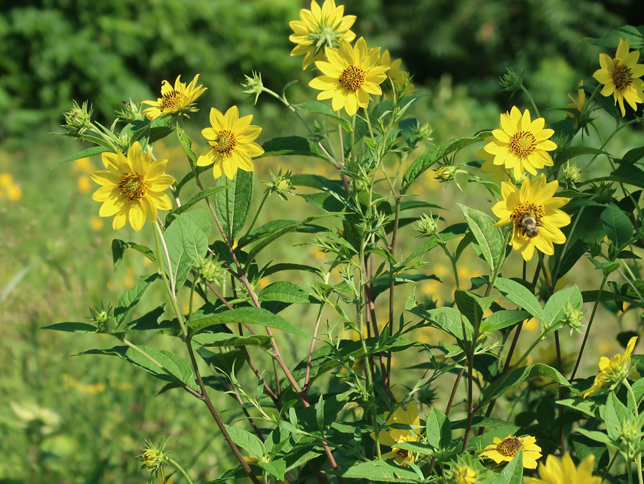Pollinator Place Gardens

New York City's pollinators play an important role in growing our food and gardens and supporting our city's plant and wildlife biodiversity. Unfortunately, pollinators are suffering because of climate change, habitat loss, and competition for resources from non-native species. To help support bees, moths, butterflies, and other essential native pollinators, we're growing Pollinator Places in our parks!
Pollinator Place Garden Locations
Since June 2021, Parks has announced the completion of 23 Pollinator Place gardens in parks across the five boroughs. The Pollinator Place program is designed to promote the use of pollinator-friendly plants and practices across the city. These gardens, along with the guidelines below, are meant to serve as an inspiration for altering gardening practices to promote and increase pollinator biodiversity in New York City.
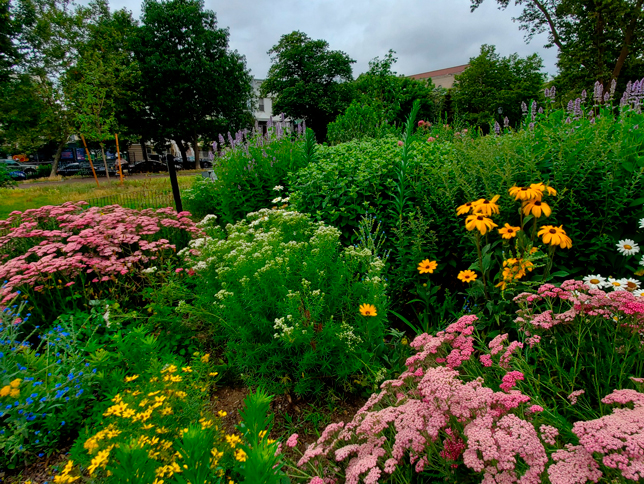
Brooklyn

Staten Island
How to Create a Pollinator Friendly Garden
Plant a majority of non-cultivar plant species that are native to the New York City region.
- Plant a majority of non-cultivar plant species that are native to the New York City region.
- The remainder used can be made up of Northeast regional native plants
- Let the grass grow! The clumping base of native perennial bunch grasses provide shelter and overwintering sites for butterfly life stages, bumble bees, beetles, and other beneficial insects.
- Be creative and have fun!
Choosing Plants
To provide pollen and nectar for pollinators, select several different plant species that flower at once, so that you have plants flowering throughout the growing season. Use plants with different flower sizes, shapes, and colors, as well as varying plant heights and growth habits. See examples of plants below:
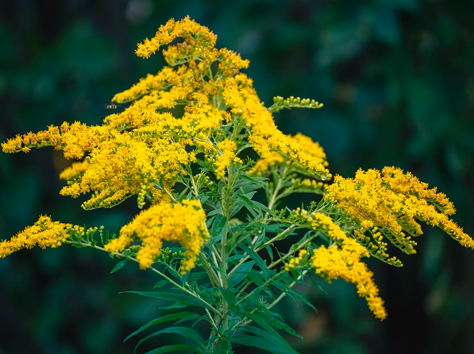
Goldenrod
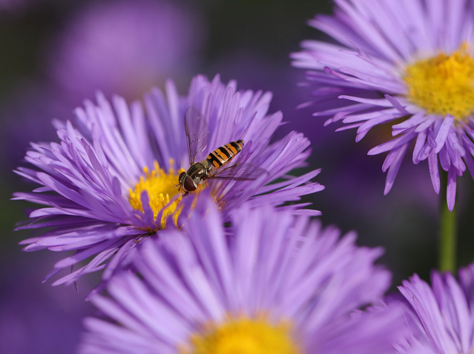
Aster
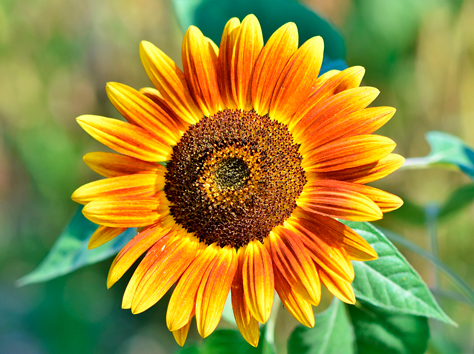
Sunflower
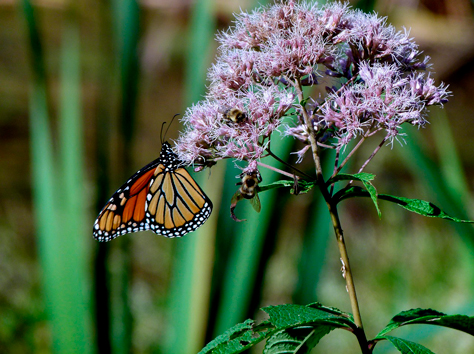
Joe Pye Weed
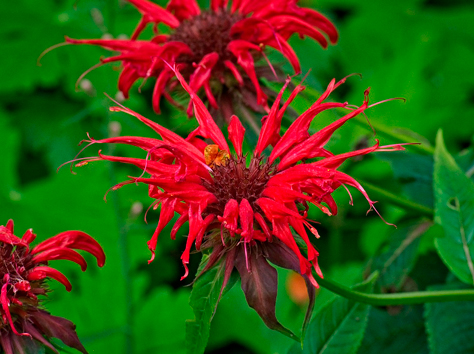
Monardas

Mountain Mints
Features
Pollinators: Bees, Butterflies, and Beyond
Explore the lives of various pollinators in our parks and more ways we're helping them thrive in our city.
How to Support Pollinators
Discover how you can help pollinators thrive in our city by growing your own garden or volunteering.
